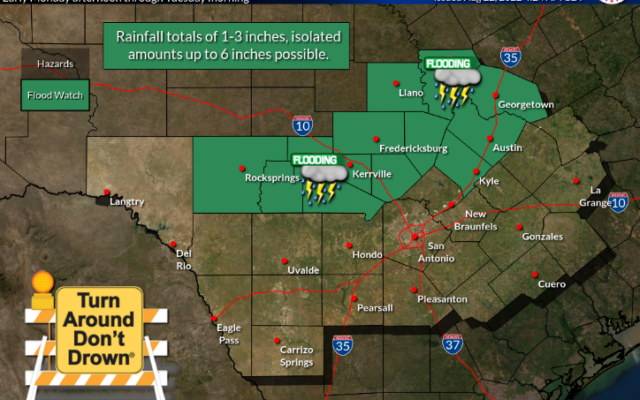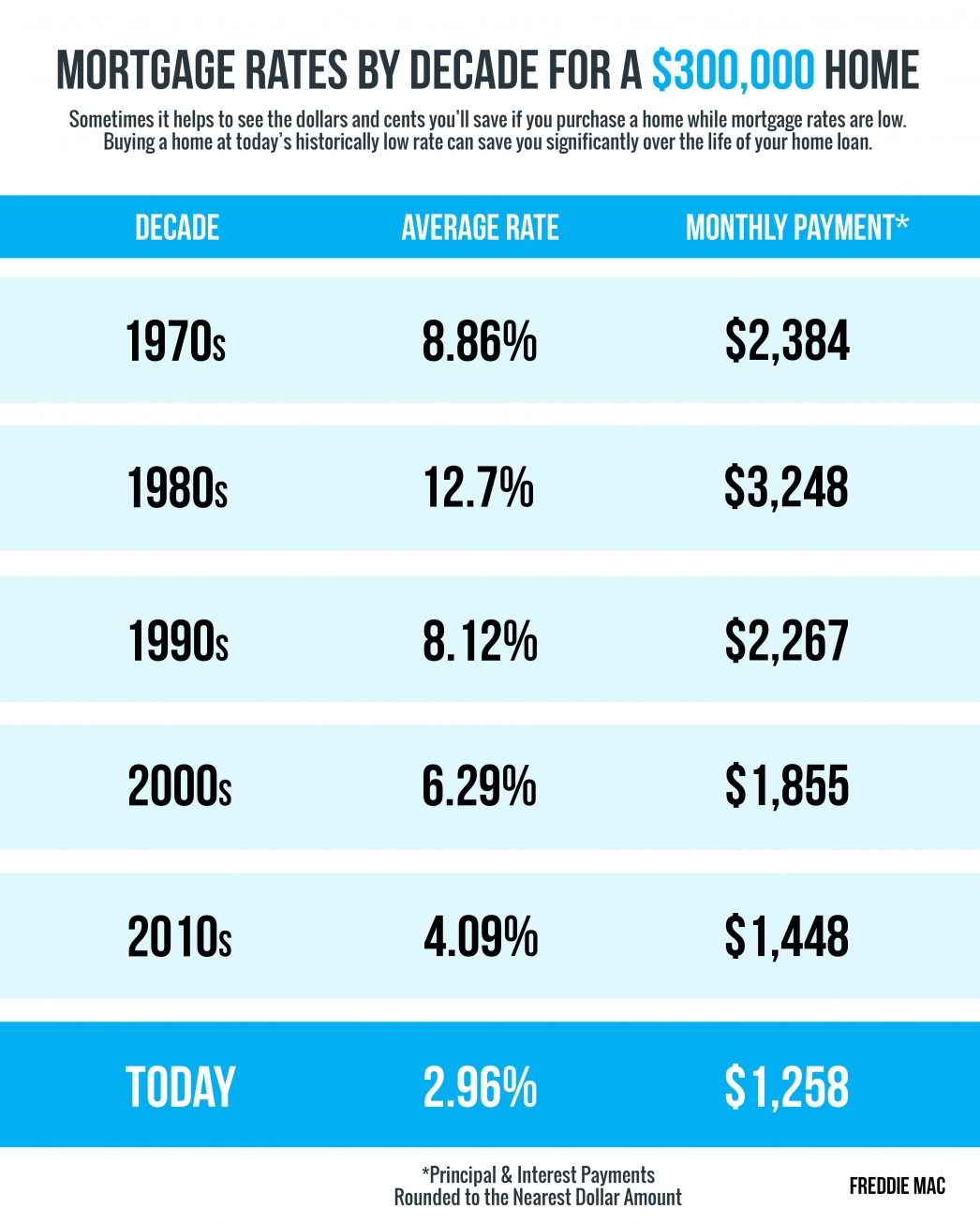NWS Flood Warning: Immediate Actions & Safety Guidelines

Table of Contents
Understanding the NWS Flood Warning
What does an NWS Flood Warning mean?
An NWS Flood Warning indicates that flooding is occurring or is imminent in your area. This is a more serious alert than a Flood Watch (which means conditions are favorable for flooding) or a Flood Advisory (which means minor flooding is occurring or is expected). An NWS Flood Warning provides vital information, including:
- Affected Areas: Precisely identifies the locations at risk.
- Expected Timing: Specifies when the flooding is anticipated to begin and end.
- Potential Impacts: Details the likely severity of the flooding, such as potential water depths, areas most at risk, and potential hazards.
The urgency of an NWS Flood Warning demands immediate action. Don't delay; your safety is paramount.
Finding reliable information sources.
Receiving timely and accurate information during an NWS Flood Warning is critical. Rely on these trusted sources:
- National Weather Service (NWS) Website: The official source for weather information. Check the NWS website for your specific region for detailed forecasts and warnings.
- NOAA Weather Radio: A dedicated emergency weather information source, providing continuous updates even during power outages.
- Local News: Television and radio stations provide localized updates and often have teams on the ground reporting on flood conditions.
Sign up for alerts:
- Wireless Emergency Alerts (WEA): These are automatically sent to your cell phone when an NWS Flood Warning is issued for your area. Ensure your phone is enabled to receive these alerts.
- NWS Email and Text Alerts: Many NWS offices offer the ability to sign up for email or text alerts specific to your location.
Use social media cautiously: While social media can offer some local information, be critical of its sources. Verify information with trusted sources like the NWS before acting on it.
Immediate Actions to Take During an NWS Flood Warning
Evacuate if instructed.
Obeying evacuation orders issued by local authorities is non-negotiable. Your life is more valuable than any possessions. If you receive an evacuation order, act immediately:
- Gather essential items: Quickly collect important documents (passports, insurance policies), medications, valuables, and a change of clothing. Have a pre-prepared emergency kit ready.
- Safe evacuation routes: Follow designated evacuation routes provided by authorities. Avoid flooded areas, as they may be deeper or faster-flowing than they appear.
- Assist vulnerable neighbors: If you're able, check on elderly or disabled neighbors and assist them with evacuation if necessary.
Move to higher ground.
If an evacuation order hasn't been issued but an NWS Flood Warning is in effect, move to higher ground within your home:
- Move valuables: Relocate furniture, electronics, and other important items to upper floors or higher areas within your home.
- Protect your home: Take steps to protect your home from flood damage: move valuable items to higher levels, seal lower-level windows, and consider sandbagging if time permits.
- Secure your property: Move vehicles to higher ground.
Stay informed.
Continuously monitor the situation:
- Continuous monitoring: Keep abreast of weather updates from the NWS and local news. Conditions can change rapidly.
- Follow instructions: Obey any new instructions from emergency personnel or local authorities.
- Limitations of personal tools: Remember that your own weather apps or monitoring tools are not substitutes for official NWS warnings.
Safety Guidelines During and After a Flood
During the flood:
- Avoid floodwaters: Never drive or walk through floodwaters. The depth and current can be deceiving; even seemingly shallow water can sweep you off your feet.
- Downed power lines: Never approach or touch downed power lines. They pose a lethal electrical hazard.
- Contaminated water: Floodwaters are often contaminated with bacteria, chemicals, and sewage. Avoid contact whenever possible.
- Dangerous waterways: Stay away from rivers, streams, and other bodies of water prone to flash flooding.
After the flood:
- Assess damage: Thoroughly inspect your home and property for damage, taking photos for insurance purposes.
- Professional inspection: Do not enter flood-damaged structures until they have been inspected by a professional to ensure structural safety.
- Hazards: Be aware of potential hazards like debris, damaged infrastructure, and weakened structures.
- Report damage: Report any damage to local authorities and your insurance company.
- Federal assistance: If eligible, explore the process for obtaining federal disaster assistance.
Conclusion
Receiving an NWS Flood Warning demands immediate and decisive action. By following these safety guidelines and taking proactive steps, you can significantly reduce the risks associated with flooding. Remember to stay informed, heed official warnings, and prioritize the safety of yourself and your family. Preparation is key to surviving and recovering from an NWS Flood Warning. Develop a family emergency plan and know your evacuation routes. Stay safe and informed! Being prepared for an NWS Flood Warning is the best way to protect your family and property.

Featured Posts
-
 March Of The Living A Performance By Freed Hostages Berger And Weiss
May 26, 2025
March Of The Living A Performance By Freed Hostages Berger And Weiss
May 26, 2025 -
 Robert Downey Jr S Role In Jamie Foxxs All Star Weekend A Critical Examination
May 26, 2025
Robert Downey Jr S Role In Jamie Foxxs All Star Weekend A Critical Examination
May 26, 2025 -
 Hells Angels Craig Mc Ilquham Sunday Memorial Service Announced
May 26, 2025
Hells Angels Craig Mc Ilquham Sunday Memorial Service Announced
May 26, 2025 -
 Martin Compstons Glasgow A Cinematic Shift From Scottish Grit To La Glamour
May 26, 2025
Martin Compstons Glasgow A Cinematic Shift From Scottish Grit To La Glamour
May 26, 2025 -
 Breaking News Arrest In Myrtle Beach Hit And Run Death
May 26, 2025
Breaking News Arrest In Myrtle Beach Hit And Run Death
May 26, 2025
Latest Posts
-
 Personal Loan Interest Rates Today Financing Starting Under 6
May 28, 2025
Personal Loan Interest Rates Today Financing Starting Under 6
May 28, 2025 -
 Finding A Direct Lender For Bad Credit Personal Loans Up To 5000
May 28, 2025
Finding A Direct Lender For Bad Credit Personal Loans Up To 5000
May 28, 2025 -
 Personal Loans With Guaranteed Approval For Bad Credit Up To 5000
May 28, 2025
Personal Loans With Guaranteed Approval For Bad Credit Up To 5000
May 28, 2025 -
 Abd Tueketici Kredileri Mart Ayi Artisinin Sebepleri Ve Sonuclari
May 28, 2025
Abd Tueketici Kredileri Mart Ayi Artisinin Sebepleri Ve Sonuclari
May 28, 2025 -
 Secure Personal Loans For Bad Credit Direct Lender Options And Up To 5000
May 28, 2025
Secure Personal Loans For Bad Credit Direct Lender Options And Up To 5000
May 28, 2025
